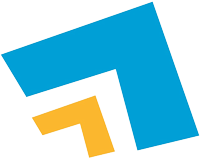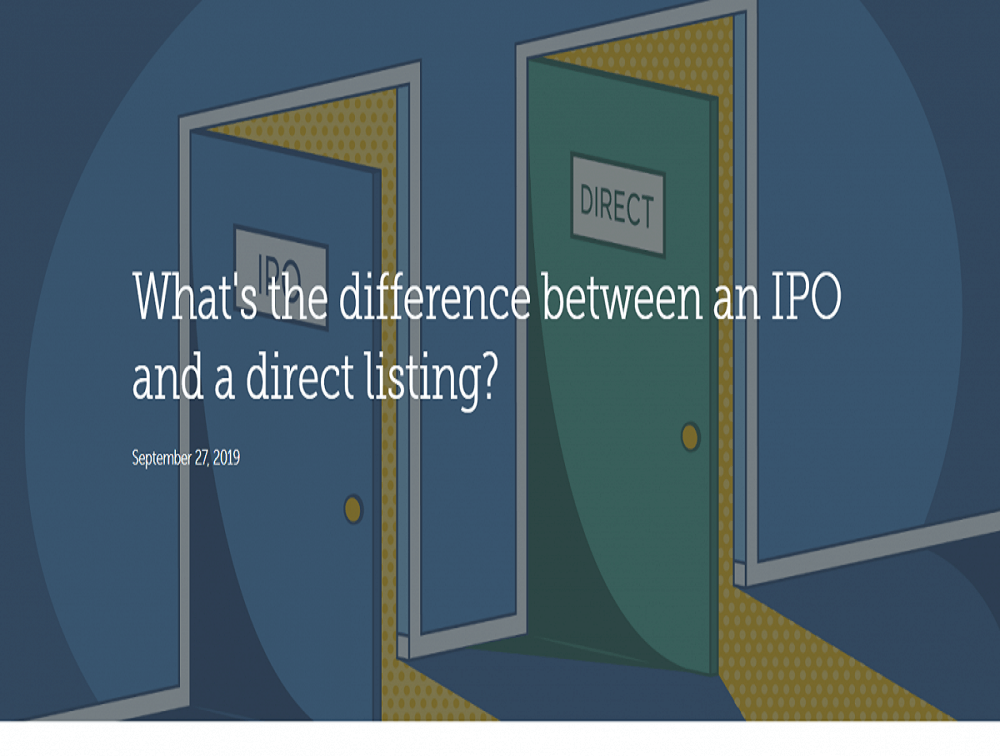Traditionally, when a company became a “public company,” it meant raising capital through an Initial Public Offering (IPO). While IPOs are still the preferred path for most companies, in recent years, some tech unicorns have opted for a different route: the direct public offering.
Spotify introduced the direct listing model to other companies—at least those heavily backed by major venture capital firms—last year, and Slack followed suit this year with its own unconventional public debut.
In this article, we break down the key differences between the two approaches and the strategic decisions companies make when choosing one over the other.
What is an IPO?
In an IPO, a private company issues new shares to the public, allowing it to raise fresh capital to fund expansion and operations.
To go public via IPO, a company typically partners with one or more investment banks for underwriting services. These banks help the company determine its share price, prepare SEC filings, and organize investor roadshows—presentations designed to generate market buzz and demand for the company’s stock, culminating in the IPO pricing.
For Uber, which went public in May, this roadshow included key global financial hubs like London, where CEO Dara Khosrowshahi pitched the company’s future vision—such as expanding its food delivery service and entering new business verticals—to over 100 investors. On IPO day, Uber priced its shares at $45 and raised a total of $8.1 billion.
While IPOs provide access to a broader range of investors, there’s still the risk of failing to raise the expected capital. Additionally, underwriting services come at a significant cost—investment banks typically claim 5% to 8% of the capital raised during the IPO process.
What is a Direct Listing?
In a direct listing (also known as a direct public offering), the company does not issue new shares or raise new capital. Instead, it makes existing shares available for public trading. This eliminates the need for roadshows or underwriters, reducing time and costs.
Historically, this method was mostly used by smaller, budget-conscious businesses aiming to avoid the high expenses associated with traditional IPOs.
Spotify, however, challenged this precedent. The music streaming platform took the risk that investor enthusiasm alone—without the support of underwriters—would be enough to prevent its stock from crashing. Instead of hiring investment banks, Spotify retained several fixed-fee advisors, keeping costs low.
One major advantage of direct listings is that existing shareholders can sell their shares immediately upon going public, without being subject to lock-up periods that are standard in IPOs. It also avoids share dilution, which often occurs when new shares are issued in an IPO.
However, removing underwriters and lock-up periods introduces risks. Without intermediaries, there’s no guarantee of initial stock sales, and protecting against volatility becomes more difficult.
To mitigate these risks, companies like Spotify have turned to secondary market transactions. These allow shareholders to sell their stakes prior to the listing, creating a baseline for price discovery and helping to stabilize the initial trading phase.




No comment